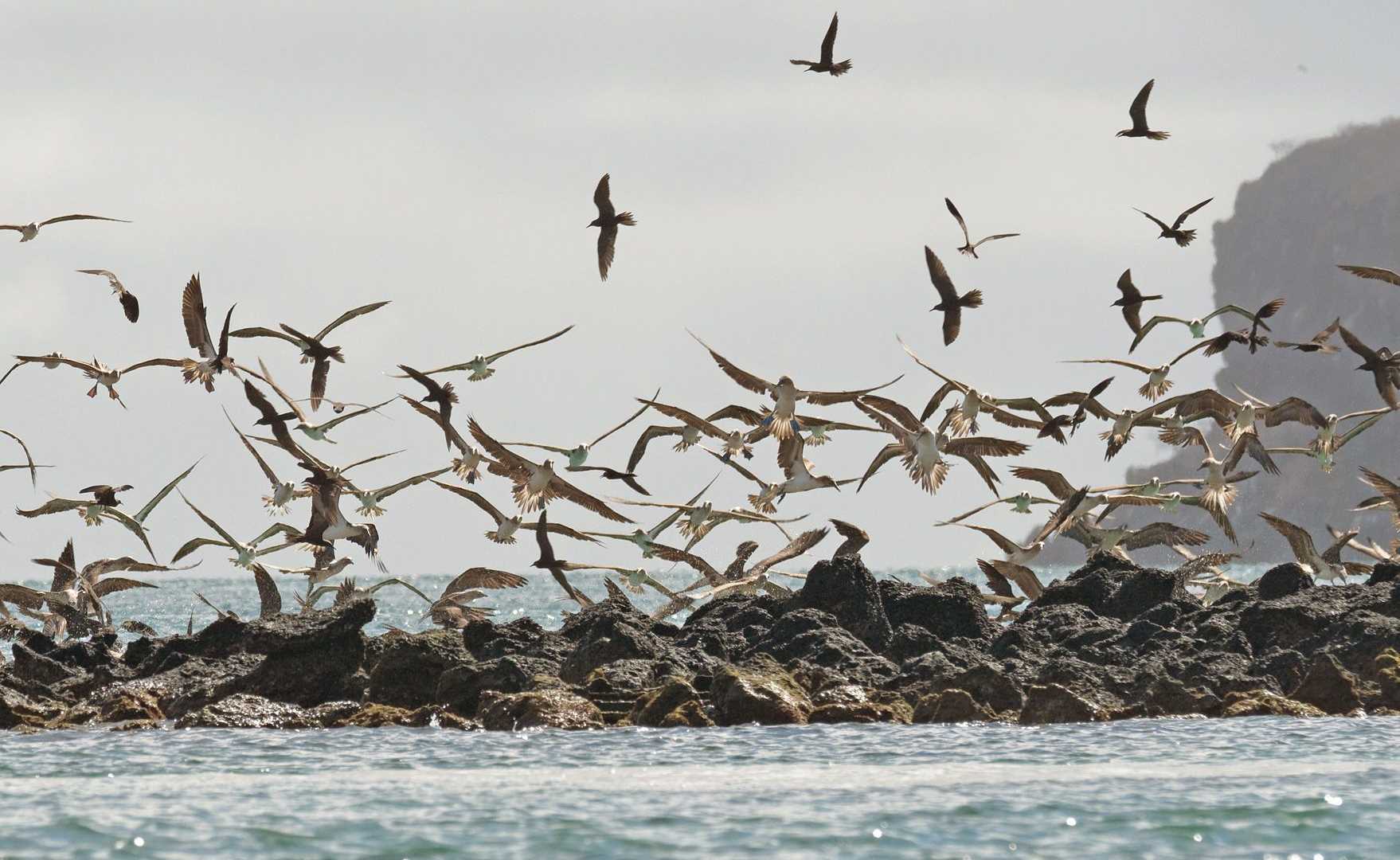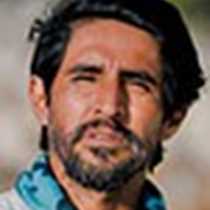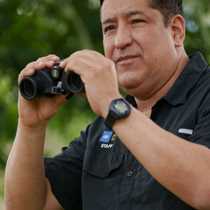Santa Cruz is the second largest island in the Galapagos archipelago and one of the few places where it is possible to see giant tortoises in the wild. After landing, we boarded private buses to reach the highlands where they live. But first, we stopped in a cloud forest to examine the impressive geology of the Los Gemelos area. Several sink holes, or pit craters, are surrounded by many scalesia trees and other native vegetation. A short distance later, we entered giant tortoise territory. We saw so many of these iconic creatures that gave the Galapagos its name. Afterward, we headed to Las Bachas just a few miles away to enjoy the beautiful white sand beach where turtles lay their eggs. All day long, we were captivated by the beauty and wildlife of this very special place.
- Daily Expedition Reports
- 19 Oct 2021
Santa Cruz Highland & Las Bachas, 10/19/2021, National Geographic Endeavour II
- Aboard the National Geographic Endeavour II
- Galápagos
Galápagos Aboard National Geographic Endeavour II
VIEW ITINERARYSign Up for Daily Expedition Reports
Fields with an asterisk (*) are required.
Enter travel details to receive reports from a single expedition
Send Daily Expedition Reports to friends and family
*By clicking the submit button, I authorize Lindblad Expeditions to email me; however, I am able to unsubscribe at any time. For more details, see our Privacy Policy.
Please note: All Daily Expedition Reports (DERs) are posted Monday-Friday,
during normal business hours. DERs are written onboard the ship only and do
not apply to land-based portions of expeditions.









